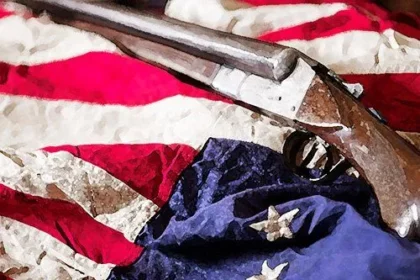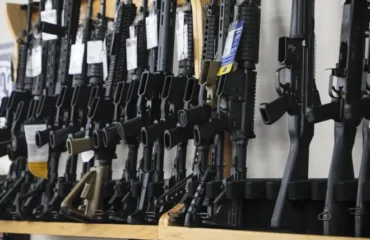
Title: The Complex Terrain of CA: Understanding California Gun Laws
California, renowned for its diverse landscapes and progressive policies, also stands out for its stringent gun laws. In a state where innovation and activism often go hand in hand, California’s approach to firearm regulation reflects a complex interplay between individual rights, public safety, and legislative measures. Let’s explore the intricacies of California’s gun laws, shedding light on the state’s unique stance in the broader national conversation about firearms.
Background and Historical Context:
California’s history with gun control dates back to the 1960s when a series of high-profile incidents prompted the state to enact stricter firearm regulations. Over the years, the state legislature has implemented numerous laws aimed at curbing gun violence and ensuring public safety.
Firearm Purchases and Ownership:
Acquiring a firearm in California is a meticulous process. Prospective buyers must undergo a background check, which includes a review of criminal records, restraining orders, and mental health history. Additionally, California has a mandatory waiting period and limits the purchase of handguns to one per month. Assault weapons and large-capacity magazines are strictly regulated and, in many cases, banned.
Concealed Carry Laws:
California operates as a “may-issue” state concerning concealed carry permits, meaning that local law enforcement has discretion in issuing permits. Applicants must demonstrate “good cause” to carry a concealed weapon, and the process involves rigorous background checks and firearm safety training. This stringent approach reflects the state’s commitment to balancing individual rights with public safety concerns.
Assault Weapons Ban:
California maintains one of the nation’s most comprehensive assault weapons bans, prohibiting the sale, possession, and manufacture of specific firearms categorized as assault weapons. The state also regulates modifications or features that could transform a legal firearm into an illegal assault weapon, emphasizing the state’s proactive stance in preventing gun-related incidents.
Gun Storage and Transfer Laws:
California mandates safe storage practices to prevent unauthorized access to firearms, especially in households with children. Furthermore, all private party transfers of firearms must be conducted through a licensed dealer, ensuring that background checks are completed for every transaction, even between private individuals.
Challenges and Controversies:
While proponents of California’s strict gun laws argue that they enhance public safety, critics often cite concerns about the limitations placed on law-abiding citizens’ Second Amendment rights. Striking a balance between individual freedoms and community well-being remains a central challenge, prompting ongoing debates and legal battles within the state.
Conclusion:
California’s approach to gun regulation exemplifies the state’s commitment to proactive measures aimed at curbing gun violence and ensuring public safety. The complex web of laws and regulations reflects a delicate balance between individual rights and collective security. As the national conversation about gun control continues to evolve, California stands as a unique case study, demonstrating the challenges and nuances inherent in crafting comprehensive firearm legislation in a diverse and dynamic society.


